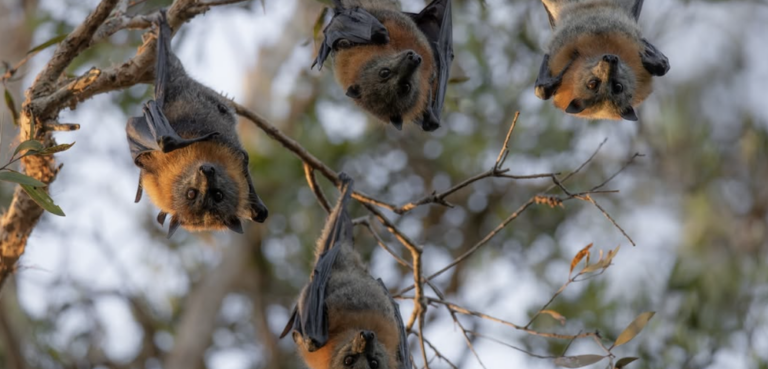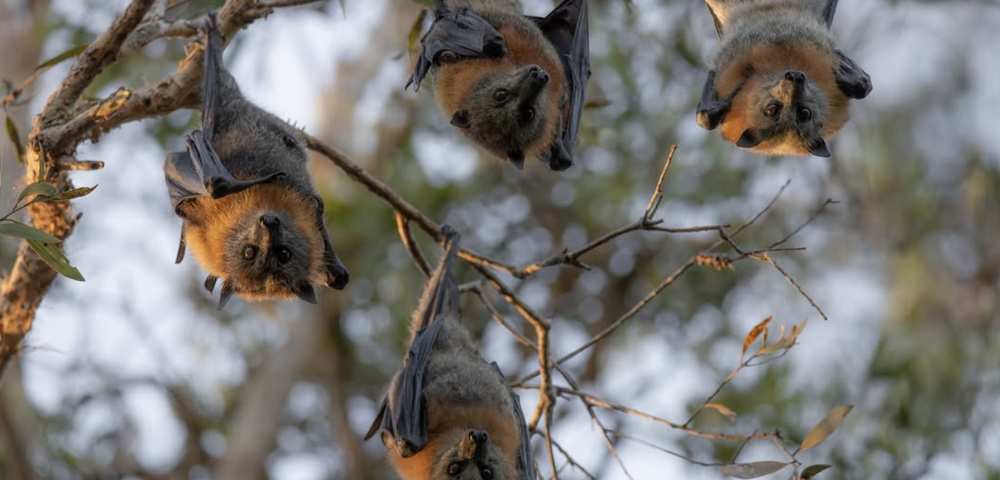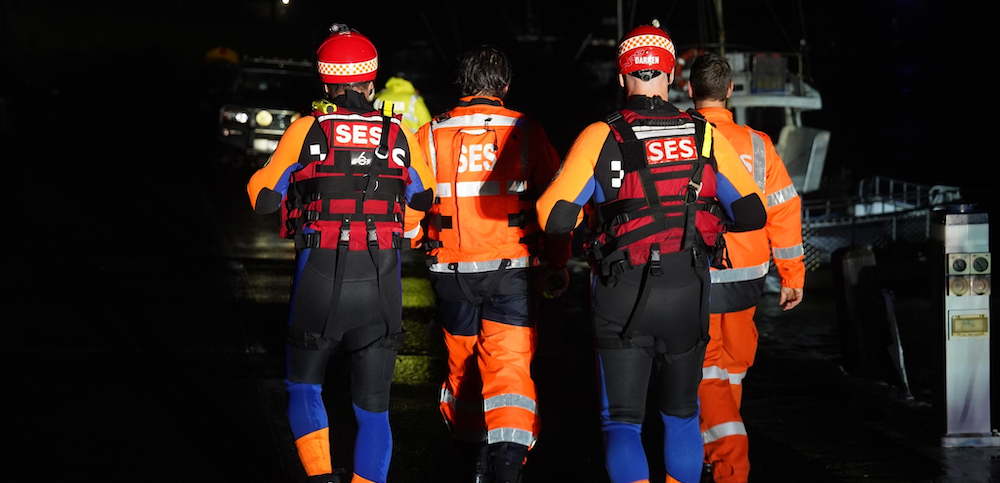
Sydney’s Last Chlamydia-Free Koalas in Danger

Sydney’s only chlamydia-free koala population is now under threat after two koalas rescued in Appin tested positive for the disease.
The discovery has sparked urgent biosecurity measures to prevent further spread.
“We responded to this incursion quickly and will continue to improve our understanding of the most effective interventions,” Alison Schumacher, Director of Threatened Species and Ecosystems, New South Wales Department of Environment, told The Guardian.
The two infected koala were found in September in southwestern Sydney, both suffering injuries consistent with vehicle collisions. One was treated and survived, while the other had to be euthanised, according to the NSW Department of Environment.
A critical threat to a rare disease-free population
The southwestern Sydney koala population, which includes Appin and Campbelltown, was one of the last in New South Wales to remain free of chlamydia. This disease causes infertility and has severely impacted koala numbers across the state.
“It would be devastating if it becomes endemic in the local population because it’s one of only a few in the state where chlamydia is not the main cause of mortality,” said Saul Deane, Urban Sustainability Campaigner, Total Environment Centre.
In response, authorities swiftly implemented new biosecurity protocols and formed a task force of wildlife experts, including researchers from the University of Sydney. However, the department did not publicly disclose the positive cases at the time.
Authorities expand testing and surveillance
Initial testing of wild koalas near the infection site found no further cases, but authorities are ramping up surveillance efforts. In the coming months, drones will be deployed east of Appin to track koala movements and collect scat samples for further testing. Routine chlamydia testing for all rescued koalas remains in place, ensuring early detection and response.
With Sydney’s last chlamydia-free koalas at risk, conservationists are pushing for stronger protections and ongoing research to prevent further spread. As authorities continue to monitor the situation, experts stress that early intervention is key to safeguarding one of the state’s most vulnerable wildlife populations.
“We are working closely with our partners to manage this disease and protect this much-loved species,” said Schumacher.









